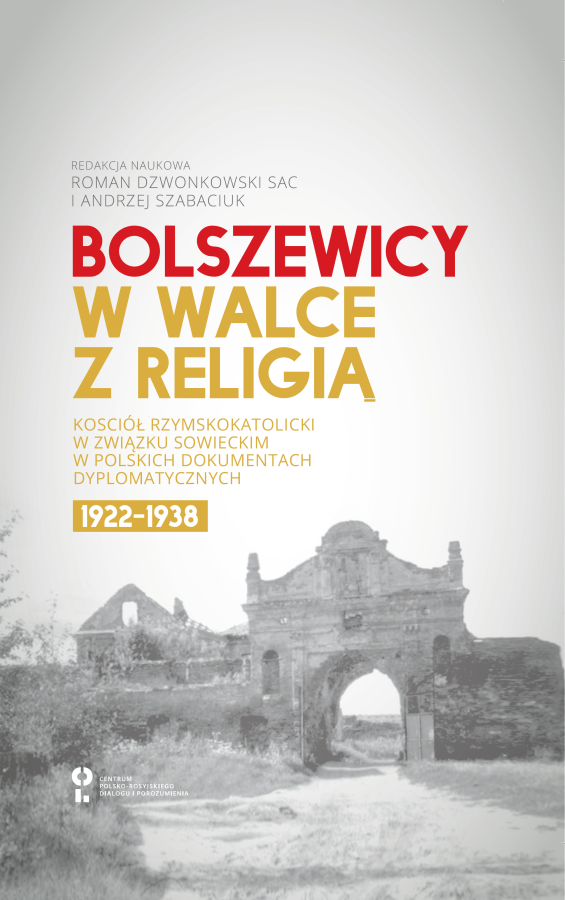Bolsheviks in combat with religion
Bolsheviks in combat with religion. The Roman Catholic Church in the Soviet Union in Polish diplomatic documents 1922-1938
"By 1 May 1937, not a single house of prayer should remain on the entire territory of the Union of Soviet Socialist Republics and the very concept of god should be eradicated as a relic of the Middle Ages, as an instrument of oppression of the working masses" – announced the "anti-religious five-year plan" announced in 1932 by the Bolsheviks.
The entire apparatus of the Soviet state, its offices, institutions and organisations were to carry out activities aimed at eliminating the clergy and places of worship and atheising society even more intensively than before.
Over one and a half million Catholics lived in the Soviet Union at that time. The vast majority of them were Poles. The Polish diplomacy sought to provide them with help. Having become convinced of the ineffectiveness of the guarantees of religious freedom for Poles stipulated in the Riga Treaty, it strove to give the repressions against the Church in the USSR an international character.
This volume is the first publication on the Polish market which allows the reader to trace the fate of the Catholic Church in the Soviet Union in the interwar period through the prism of Polish diplomatic documents.
The presented collection of documents is a unique account of the efforts made by the authorities of interwar Poland to ensure the existence of the Roman Catholic Church and the Polish minority in the areas that came under Bolshevik rule after the fall of the tsarist regime.
One hundred and six unique documents, most of which come from the collections of the Polish Institute and the General Sikorski Museum in London, shed light on the everyday life of Roman Catholic communities under the Soviet rule, the position of persecuted clergy and the policy of the communist authorities towards Catholics and the Polish minority, but also towards followers of the Orthodox Church and Jewish communities. Individual examples and synthetic reports, supported by statistical data, help to better understand the religious situation beyond the eastern border of the Republic of Poland in the interwar period.
